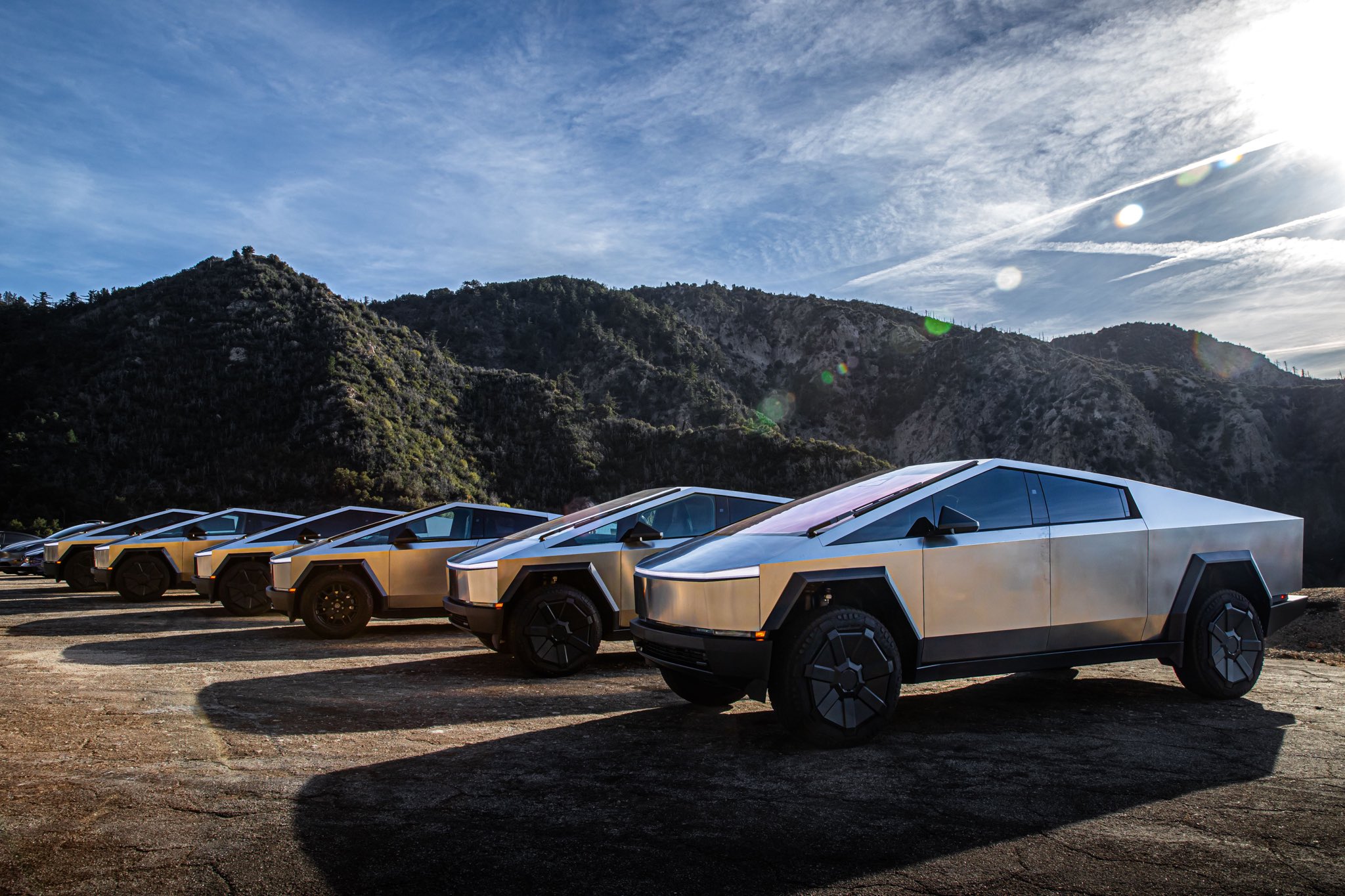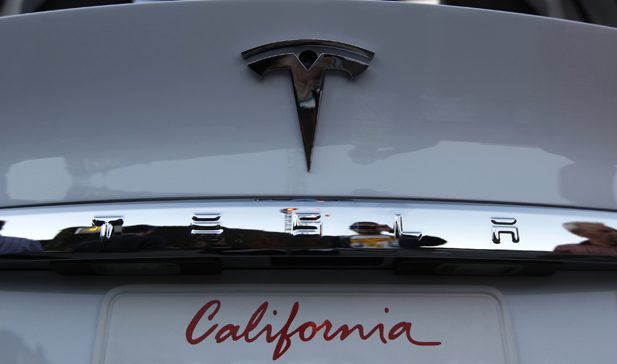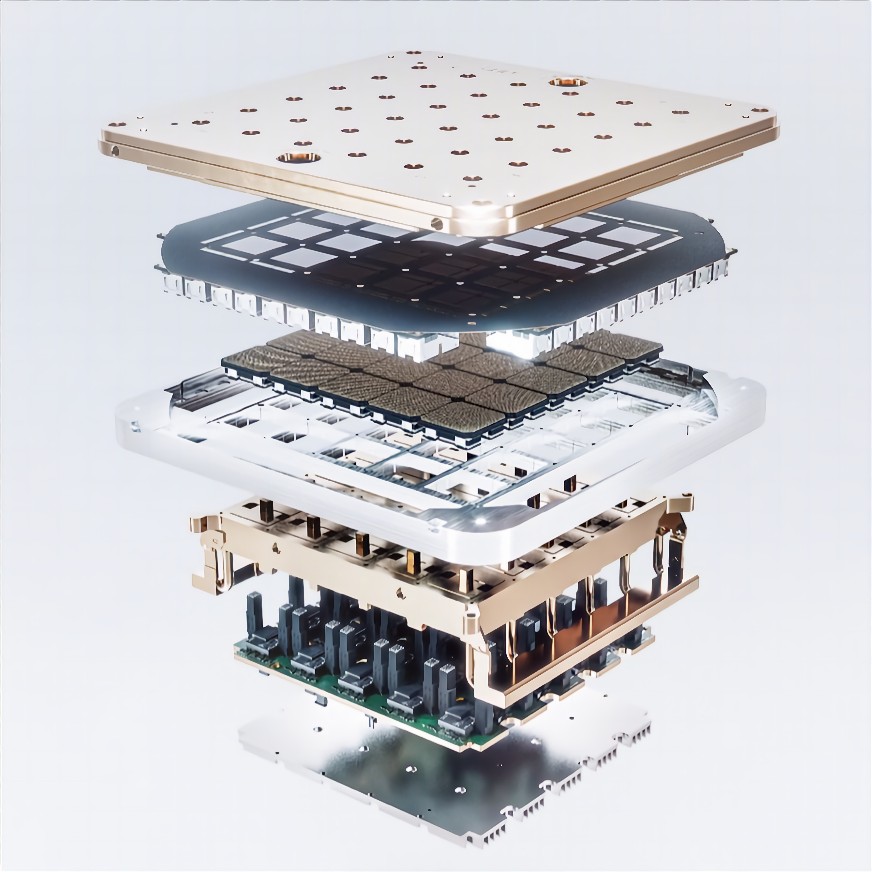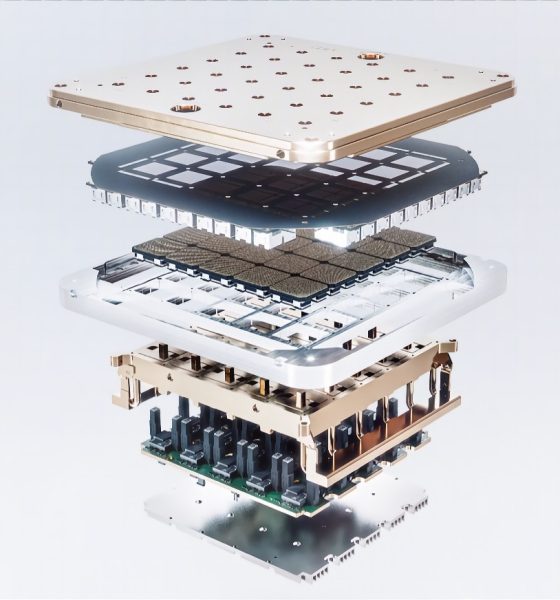Much excitement surrounding Tesla’s Dojo supercomputing cluster has been swirling in recent months since the system went online, and the automaker already expects it to be one of the world’s most powerful supercomputers by early next year. But one reporter recently noted that Dojo could someday have additional uses beyond processing vast amounts of data for Tesla’s Full Self-Driving (FSD) system and humanoid robot.
Dojo can process millions of terabytes of video data per second from the company’s vehicles, training its neural network at an incredible rate. The company has said that the video foundation models input to Dojo would effectively serve as the brain of its vehicles and its Optimus robot.
In a recent video segment about how Dojo is expected to revolutionize self-driving, however, Yahoo Finance reporter Pras Subramanian also talked about the supercomputing cluster’s potential applications beyond FSD and Optimus.
The short discussion, hosted by Seana Smith, details how the Dojo system will use Tesla’s AI model to train FSD. However, Subramanian also says the supercomputer could someday be used for vessels other than cars, including motorcycles, bicycles and boats. The conversation also touched on how Dojo works, the complexity of training AI to handle roads and Ford and Volkswagen’s decision to end Argo AI operations, among other topics.
You can watch a short clip from the video segment below or see the full conversation here.
As for cars, Musk has previously talked about the potential of using Dojo to perform traffic control simply with the system’s inputs for things like accidents, potholes, road closures or other data that would be useful for a Tesla to access in real-time. Musk said in June that Dojo had been “online and running useful tasks for a few months,” helping out with production workloads and spurring on the current round of excitement surrounding the computing cluster.
In June, Tesla posted about Dojo on X, detailing how its neural networks were already being accessed in its cars and adding that the company is “building the foundation models for autonomous robots.” Below is an excerpt from the thread:
“Our multi-modal neural networks are already in customer vehicles—these networks take in arbitrary modalities such as camera videos, maps, navigation, IMU (Inertial Measurement Unit), GPS etc.
Tasks such as Occupancy prediction are already quite general in what they represent—in some ways, they are ontology-free & simply predict the probability that some 3D position is occupied.
Such occupancy can be used for collision avoidance by any robot.
All of this is enabled by fleet scale auto-labelling. By using video data from multiple trips in the same location, we can reconstruct the entire scene
In addition, we’re building off state-of-the-art generative modeling techniques—enabling us to predict possible outcomes given past observations, in a jointly consistent manner across multiple camera views”
These imagined futures can be action-conditioned to produce different outcomes.
For example, the videos below are generated entirely by the neural network by simply using different prompts pic.twitter.com/ZuJEYcLuZK
— Tesla AI (@Tesla_AI) June 21, 2023
In 2021, Musk said that Dojo could likely someday reduce traffic fatalities by 90 percent and eventually it may be able to reduce them by more than 99 percent.
Last month, a report showed that Tesla had doubled its order of D1 Dojo chips for next year from Taiwan Semiconductor Manufacturing Company (TSMC), now totaling 10,000 units. According to the report, the company also plans to increase its order in 2025. Morgan Stanley also said last month that Dojo could add $500 billion to Tesla’s enterprise value.
Tesla Dojo trade secrets lawsuit officially settles out of court
What are your thoughts? Let me know at zach@teslarati.com, find me on X at @zacharyvisconti, or send your tips to us at tips@teslarati.com.

Cybertruck
Tesla made a change to the Cybertruck and nobody noticed

Tesla made a change to the Cybertruck, and nobody noticed. But to be fair, nobody could have, but it was revealed by the program’s lead engineer that it was aimed toward simplifying manufacturing through a minor change in casting.
After the Cybertruck was given a Top Safety Pick+ award by the Insurance Institute for Highway Safety (IIHS), for its reputation as the safest pickup on the market, some wondered what had changed about the vehicle.
Tesla makes changes to its vehicles routinely through Over-the-Air software updates, but aesthetic changes are relatively rare. Vehicles go through refreshes every few years, as the Model 3 and Model Y did earlier this year. However, the Cybertruck is one of the vehicles that has not changed much since its launch in late 2023, but it has gone through some minor changes.
Most recently, Wes Morrill, the Cybertruck program’s Lead Engineer, stated that the company had made a minor change to the casting of the all-electric pickup for manufacturing purposes. This change took place in April:
We made a minor change on the casting for manufacturability in April. Our Internal testing shows no difference in crash result but IIHS only officially tested the latest version
— Wes (@wmorrill3) December 17, 2025
The change is among the most subtle that can be made, but it makes a massive difference in manufacturing efficiency, build quality, and scalability.
Morrill revealed Tesla’s internal testing showed no difference in crash testing results performed by the IIHS.
The 2025 Cybertruck received stellar ratings in each of the required testing scenarios and categories. The Top Safety Pick+ award is only given if it excels in rigorous crash tests. This requires ‘Good’ ratings in updated small and moderate overlap front, side, roof, and head restraints.
Additionally, it must have advanced front crash prevention in both day and night. Most importantly, the vehicle must have a ‘Good’ or ‘Acceptable’ headlights standard on all trims, with the “+ ” specifically demanding the toughest new updated moderate overlap test that checks rear-seat passenger protection alongside driver safety.
News
Tesla enters interesting situation with Full Self-Driving in California

Tesla has entered an interesting situation with its Full Self-Driving suite in California, as the State’s Department of Motor Vehicles had adopted an order for a suspension of the company’s sales license, but it immediately put it on hold.
The company has been granted a reprieve as the DMV is giving Tesla an opportunity to “remedy the situation.” After the suspension was recommended for 30 days as a penalty, the DMV said it would give Tesla 90 days to allow the company to come into compliance.
The DMV is accusing Tesla of misleading consumers by using words like Autopilot and Full Self-Driving on its advanced driver assistance (ADAS) features.
The State’s DMV Director, Steve Gordon, said that he hoped “Tesla will find a way to get these misleading statements corrected.” However, Tesla responded to the story on Tuesday, stating that this was a “consumer protection” order for the company using the term Autopilot.
It said “not one single customer came forward to say there’s a problem.” It added that “sales in California will continue uninterrupted.”
This was a “consumer protection” order about the use of the term “Autopilot” in a case where not one single customer came forward to say there’s a problem.
Sales in California will continue uninterrupted.
— Tesla North America (@tesla_na) December 17, 2025
Tesla has used the terms Autopilot and Full Self-Driving for years, but has added the term “(Supervised)” to the end of the FSD suite, hoping to remedy some of the potential issues that regulators in various areas might have with the labeling of the program.
It might not be too long before Tesla stops catching flak for using the Full Self-Driving name to describe its platform.
Tesla Robotaxi goes driverless as Musk confirms Safety Monitor removal testing
The Robotaxi suite has continued to improve, and this week, vehicles were spotted in Austin without any occupants. CEO Elon Musk would later confirm that Tesla had started testing driverless rides in Austin, hoping to launch rides without any supervision by the end of the year.
Investor's Corner
Tesla stock closes at all-time high on heels of Robotaxi progress

Tesla stock (NASDAQ: TSLA) closed at an all-time high on Tuesday, jumping over 3 percent during the day and finishing at $489.88.
The price beats the previous record close, which was $479.86.
Shares have had a crazy year, dipping more than 40 percent from the start of the year. The stock then started to recover once again around late April, when its price started to climb back up from the low $200 level.
This week, Tesla started to climb toward its highest levels ever, as it was revealed on Sunday that the company was testing driverless Robotaxis in Austin. The spike in value pushed the company’s valuation to $1.63 trillion.
Tesla Robotaxi goes driverless as Musk confirms Safety Monitor removal testing
It is the seventh-most valuable company on the market currently, trailing Nvidia, Apple, Alphabet (Google), Microsoft, Amazon, and Meta.
Shares closed up $14.57 today, up over 3 percent.
The stock has gone through a lot this year, as previously mentioned. Shares tumbled in Q1 due to CEO Elon Musk’s involvement with the Department of Government Efficiency (DOGE), which pulled his attention away from his companies and left a major overhang on their valuations.
However, things started to rebound halfway through the year, and as the government started to phase out the $7,500 tax credit, demand spiked as consumers tried to take advantage of it.
Q3 deliveries were the highest in company history, and Tesla responded to the loss of the tax credit with the launch of the Model 3 and Model Y Standard.
Additionally, analysts have announced high expectations this week for the company on Wall Street as Robotaxi continues to be the focus. With autonomy within Tesla’s sights, things are moving in the direction of Robotaxi being a major catalyst for growth on the Street in the coming year.










